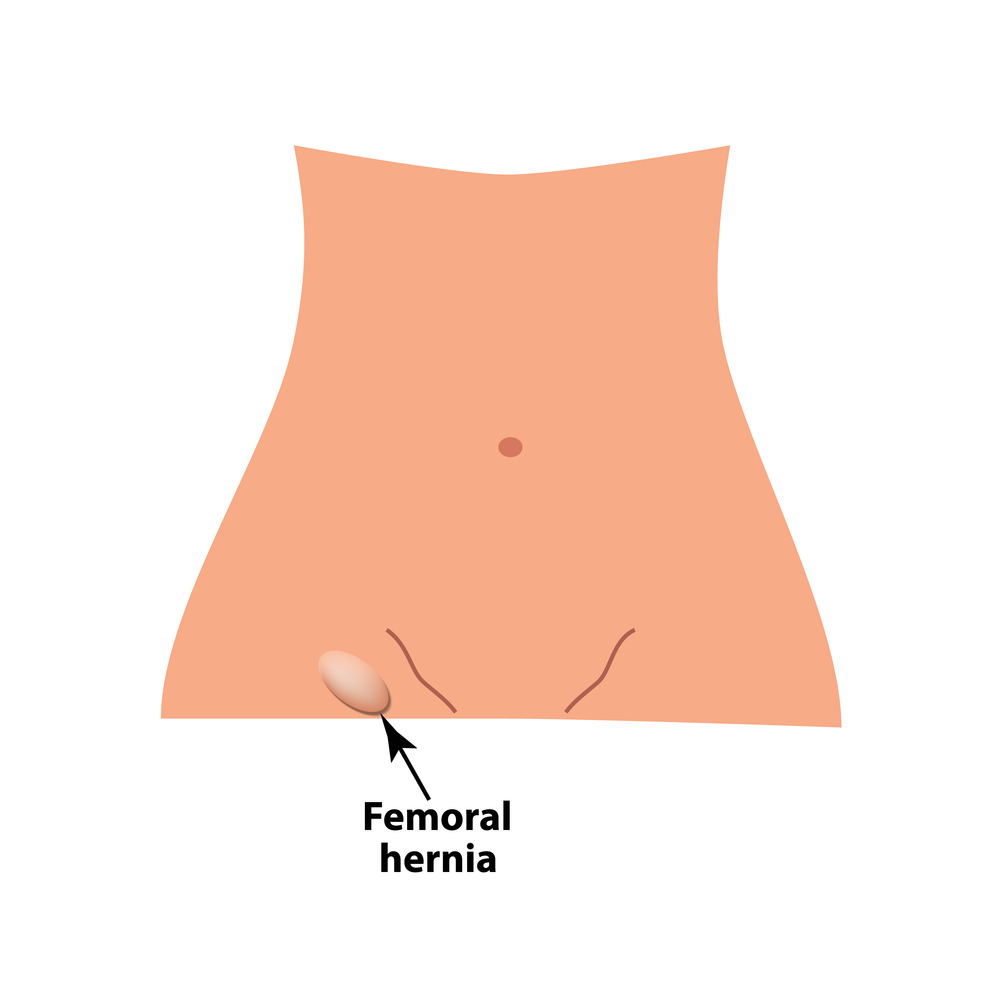Femoral hernia repair pushes the contents of the hernia back into place then strengthens the area of weakness.
Femoral hernia repair is an outpatient procedure similar to inguinal hernia repair and
takes under one hour to perform. It can be performed with
open,
laparoscopic, or
robotic techniques. Femoral hernias occur through an opening adjacent to inguinal hernias and specifically inferior to the inguinal ligament. The typical recommendation for repair would be laparoscopic or robotic with the use of mesh. Mesh is often recommended for repair of femoral hernias because of a higher risk of recurrence with open non mesh techniques.
Dr. Yunis offers a variety of
hernia repair techniques based on the type of hernia and to suit his patients' needs. Techniques available for femoral hernia repair include:
This type of hernia surgery involves making a small cosmetically oriented incision near the hernia and sewing the hernia defect closed.
This type of hernia surgery involves the use of mesh placed behind the hernia through small incisions below the belly button.
Laparoscopic and robotic repair involves three less than half inch incisions. A camera is inserted through one of the incisions and other instruments (scissors, clamps, and needle holders needed to sew) are passed through the other two incisions. In laparoscopic surgery an assistant is holding the camera showing the surgeon the area of concern while the surgeon has both hands on surgical instruments used to expose and repair the hernia. In robotic surgery, the camera and surgical instruments are attached to a sophisticated robotic arm system. The surgeon is controlling all of them while in a console with hand controls and foot pedals which translate to delicate movements of the instruments inside of the patient. After delicate and meticulous exposure of the appropriate anatomy necessary for repair, mesh and sutures are inserted inside. The mesh is positioned in a critical position behind the hernia defect and fixed so that it doesn't move.

